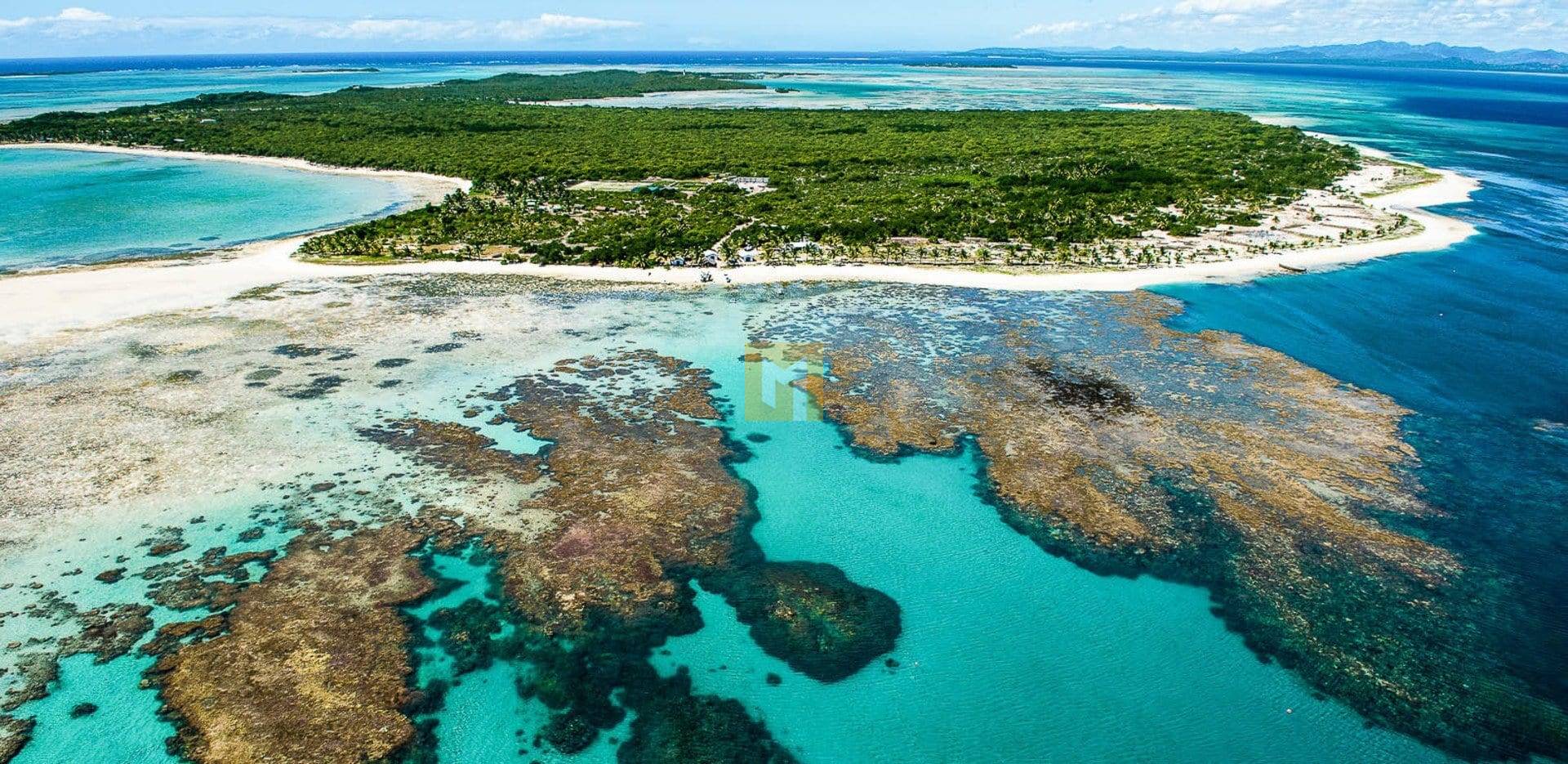
When is the best time to visit Madagascar?
If you’re a nature lover or budding photographer, Madagascar should be high on your bucket list. On this vast, lush island, 90 percent of all animal and plant species are completely unique.
With an area of almost 600,000 square kilometers (230,000 sq mi), Madagascar is the fourth largest island in the world. You’ll find everything from forest-lined beaches and lowland rainforests to semi-arid deserts and active volcanoes. Unsurprisingly, this means that the climate is quite varied and weather patterns are not always easy to predict.
The seasons are not so clearly defined in Madagascar, so we have put together a guide focusing on the best months to travel to this wonderful island.
January March
Although you can visit Madagascar during the first three months of the year, you will probably get very wet. In January, the amount of rain can reach 340 mm, and in February the risk of cyclones is high, especially in the northeastern part of the island. March is still part of the rainy season, although the risk of getting caught in a storm is lower.
While you can enjoy an affordable, tourist-free experience during these months, many hotels, lodges and national parks are closed due to unpredictable weather and high levels of mud. This is not the best time to take advantage of what Madagascar has to offer. If you want to avoid tourists and don’t mind a little rain, April and December are much better.
April-June
After three months of rain, April brings a breath of fresh air to the people of Madagascar. Although it may still rain, there will also be plenty of sunshine, the perfect combination to bring the island’s nature out of hiding. It’s a good time of year to spot both reptiles and lemurs making the most of the lush landscape. Most of the national parks open at the beginning of April.
May is one of the best months to visit Madagascar as it is not the high season yet. The landscapes are lush and vibrant, and the lemurs are in full swing as they are no longer sheltered from the rain. Hotel prices are not yet at their peak and accommodation is still relatively easy to find.
In addition, at the end of May, Nosy Be’s biggest cultural event of the year takes place: the Donia Festival. Celebrating unity and culture, the festival lasts several days and showcases home-made music, dance and sports.
By June, the average rainfall decreases rapidly, although there may still be occasional showers. The vegetation is particularly striking at this time of year, and humpback whales are beginning to return to the coast of Ile Sainte Marie. June is also the perfect time to visit the southwestern part of the island (try Isalo National Park), where it is scorching hot during the summer months. If you are in the highlands, June marks the harvest of the rice crop, which is an impressive sight.
July September
Madagascar’s tourist season starts in July, so it is recommended to book everything well in advance to avoid disappointment. We are now experiencing the Madagascar winter, so the temperatures are 15-20°C cooler and it is also much drier. This means that conditions are ideal for trekking in rainforests such as Ranomafana, as it is more refreshing than humid. Rainforests are teeming with life in July, although some small species hibernate. July is also the perfect time to watch humpback whales as they settle in for the winter.
August temperatures are just as cool, and it also marks the hibernation season for creatures like pygmy lemurs and chameleons. If you travel to Madagascar in August, you will have much more fun exploring the coast. Tsarabanjina Island in Nosy Be offers great snorkeling opportunities.
September brings warm temperatures and a calmer atmosphere. The kids go back to school at the beginning of the month, so it’s much quieter. Even dormant creatures will reactivate due to the increase in temperature, so you really have the best of both worlds. This is also the breeding season for Madagascar birds. Many of the native birds have stunning plumage and unique features, and viewing them will be one of the highlights of your trip.
October December
With pleasantly warm temperatures and very little rainfall, October is an excellent time to travel to Madagascar. It’s also baby lemur month. Now only a few weeks old, they cling beautifully to their mother’s back as they swing through the trees. Andasibe Reserve is an excellent place to see cuteness.
In November the temperatures rise further (around 28°C) and all wild species come out of hibernation. The birds are still in their breeding season so this is a really good month to observe the flora and fauna. Snorkeling opportunities are plentiful, and coastal areas such as Tsarabanjina and Ifaty are home to countless tropical fish.
Although December is Madagascar’s hottest month, it also marks the start of the rainy season. It is best to travel to the southern part of the island where it is cooler and drier. One benefit of more rainfall is that chameleons, snakes and lizards become more active, making it a great opportunity for photographers to capture action shots.
If you’re not worried about showers, December is a good time to travel to Madagascar – don’t forget to pack raincoats and beachwear.